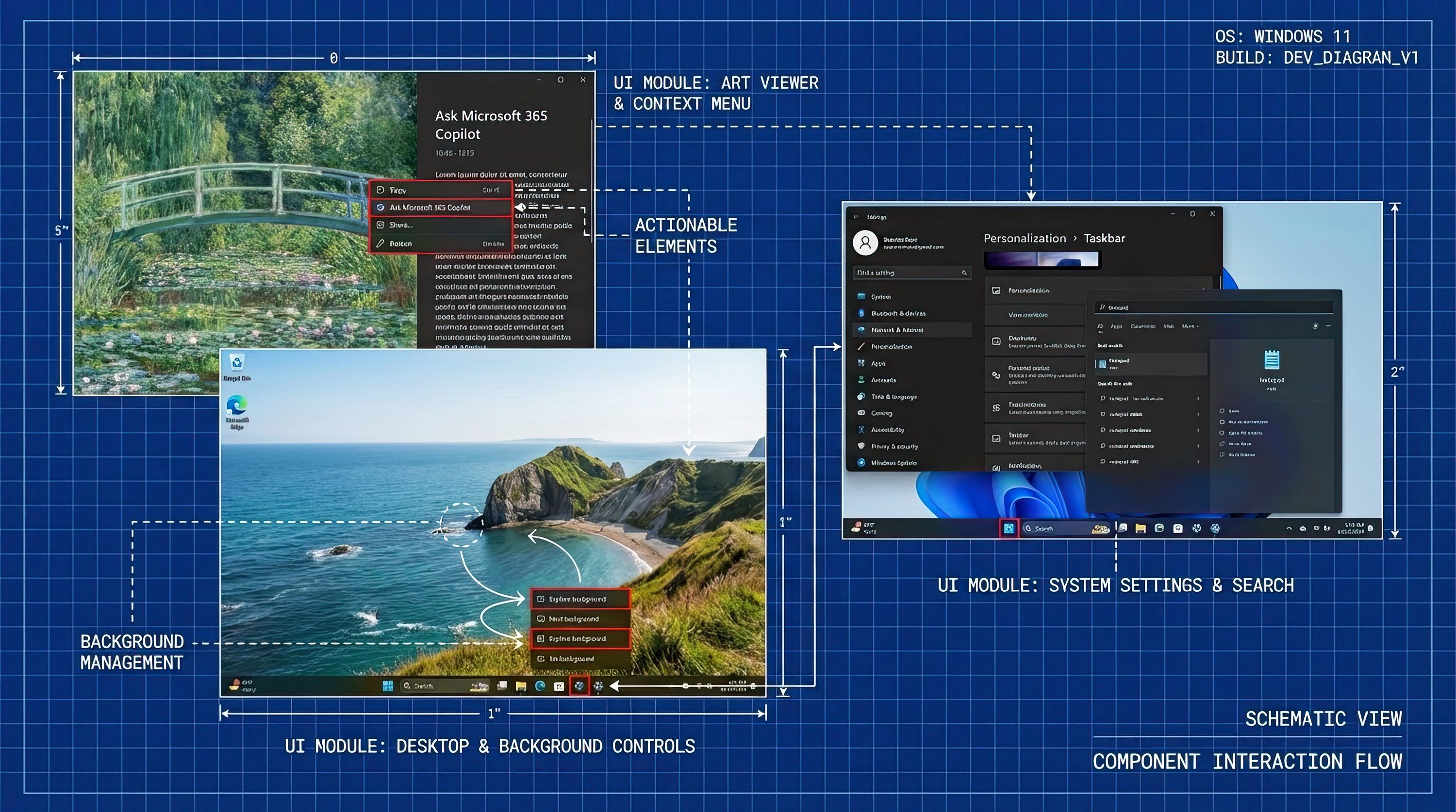CES 2017 Day One: Processors, convertibles, and clamshells galore
A decent enough Android phone for a cheap enough price.
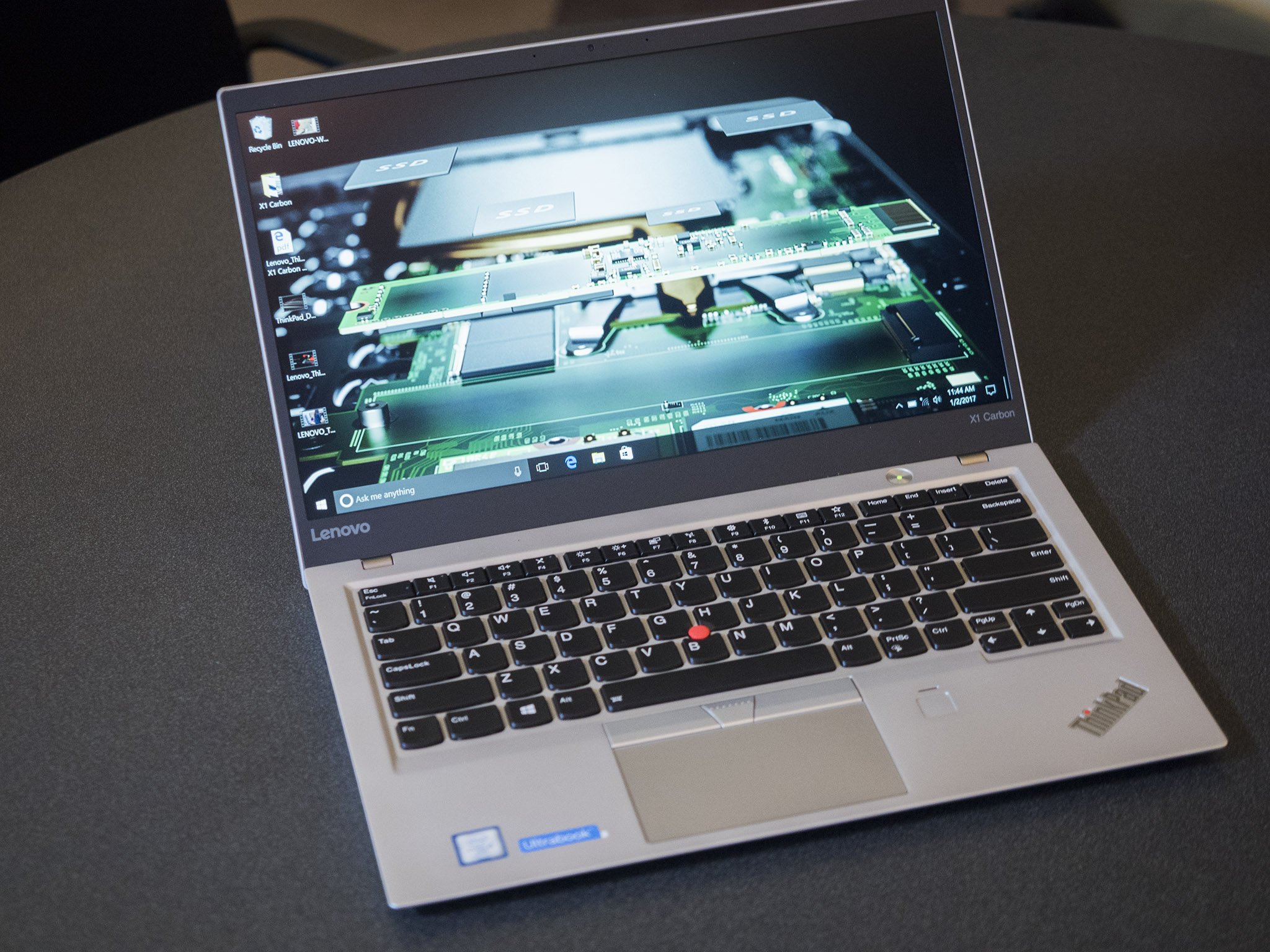
CES 2017
Tuesday, 3 January 2017
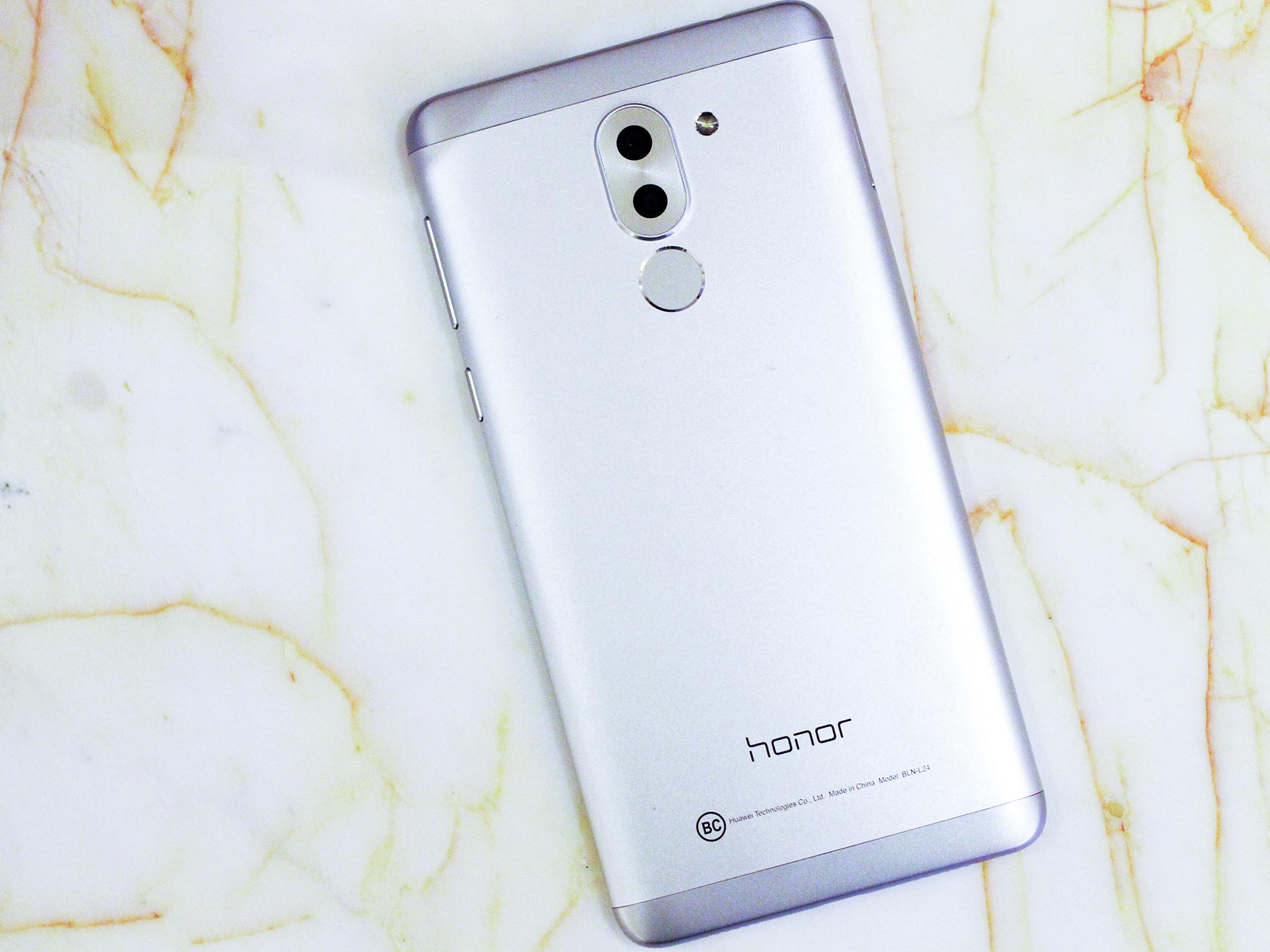
Honor 6X goes for the broke
Honor is back at it with the new Honor 6X, a phone that offers far more than you'd expect for its low price — just $249. For that you get a 5.5-inch 1080p display, an octa-core Huawei Kirin 655 processor, 32GB of storage, 3GB of RAM, and a 12MP camera. That main camera is paired with a 2MP monochrome sensor that Huawei uses to enhance clarity and depth of field. Alas, it's a new phone running Android 6.0 Marshmallow, but at that price we're honestly not surprised. What is surprising is the use of a Micro-USB port instead of the newer and better USB-C standard.
VR comes to practically any game
Lenovo's Entertainment Hub includes a neat trick: VR adaptation for first-person shooters.
Lenovo introduced a new bit of software for their Legion laptops in the Entertainment Hub. It pulls together your TV shows, movies, and games into one easy-to-use app, but the neatest part is a clever bit of software to bring any first-person game into VR. Essentially it maps the movement of the headset to the look/aim controls in a game, so where you turn your head is where you look. It's a neat way to bring existing game libraries into virtual reality.
- Lenovo's clever hack to bring VR to every game
- Lenovo's new Legion gaming laptops are ready for VR
- This is Lenovo's first VR headset
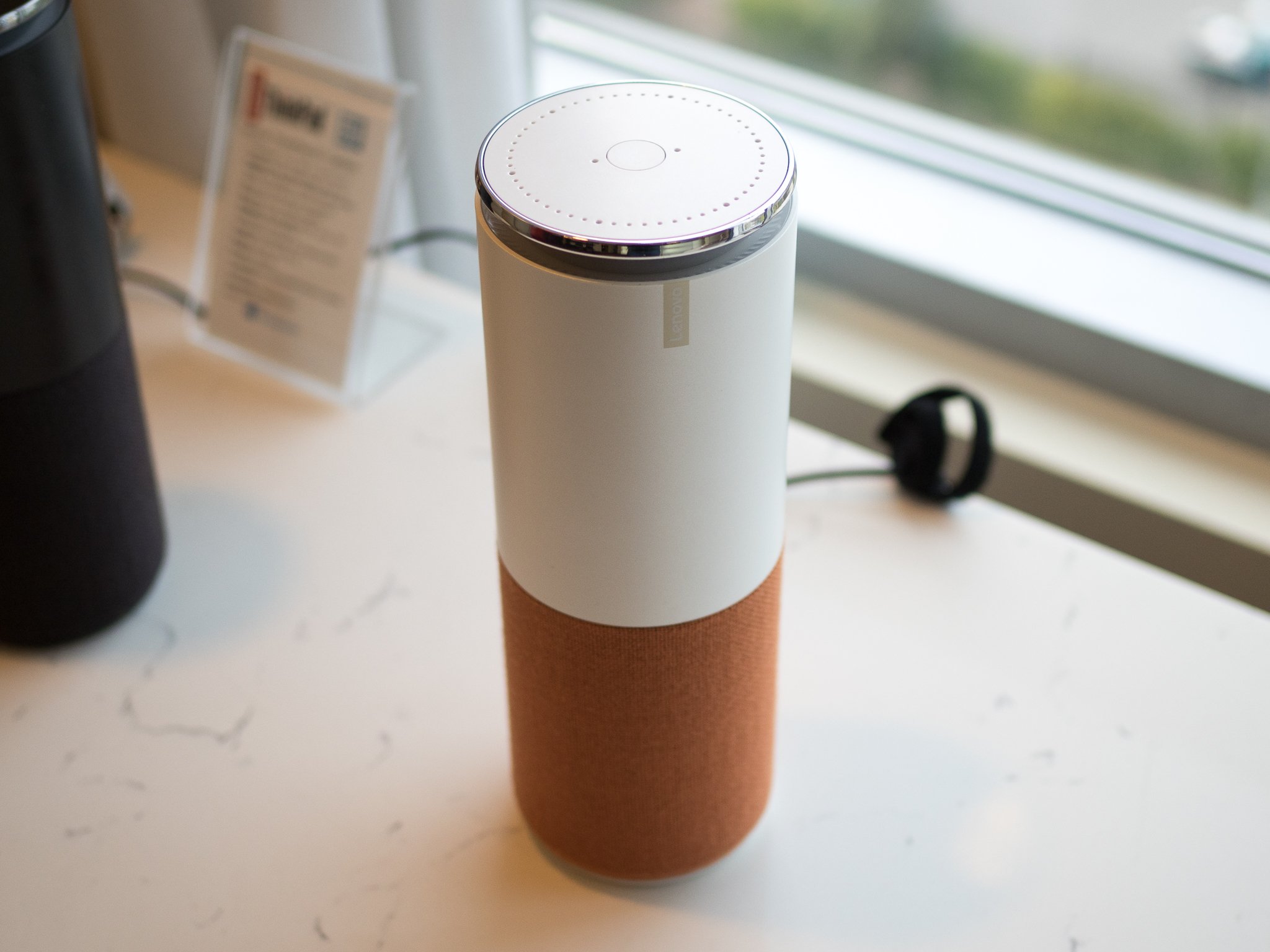
Lenovo's new Echo
It's an Amazon Echo, but made by Lenovo.
One of the most surprising early announcements from CES 2017 was the new Lenovo Smart Assistant. It's a smart speaker in a cylinder that you can trigger by calling out for… Alexa. Just like you would with an Amazon Echo. Because the Lenovo Smart Assistant is running the same software. But Lenovo's design is a bit classier than Amazon's plain black or white cylinders, and they're undercutting Amazon by $40.
Crazy for convertibles
Your next laptop might just flip all the way out, er, around.
All the latest news, reviews, and guides for Windows and Xbox diehards.
Convertible laptops aren't anything new, but for a while they lagged behind their traditional laptop brethren. That's changed recently, and CES 2017 is proving to be a big show for the flip-around touchscreen laptops. Lenovo updated their ThinkPad X1 line to be even thinner and lighter, as well as faster and longer-lasting, and the only notable difference between the X1 Carbon laptop and the X1 Yoga convertible is that the Yoga's a convertible and the Carbon is not.
Dell also announced a long-awaited XPS 13 convertible, bringing all of the power and hardware design that we love about the super-compact XPS 13 laptop to a 360-degree convertible form factor. Also coming from Dell was the new Latitude 5285, which packs all the latest hardware in a 12.30-inch 2-in-1 tablet. And HP took the Spectre x360 that we love so much and scaled it up to a huge 15.6 inches with a 4K display.
- The updated ThinkPad X1 Carbon packs Kaby Lake chips and zero bloatware
- Dell's XPS 13 officially goes convertible with a new 2-in-1 variant
- HP reveals revamped Spectre x360 15.6-inch with 4K display, Windows Hello
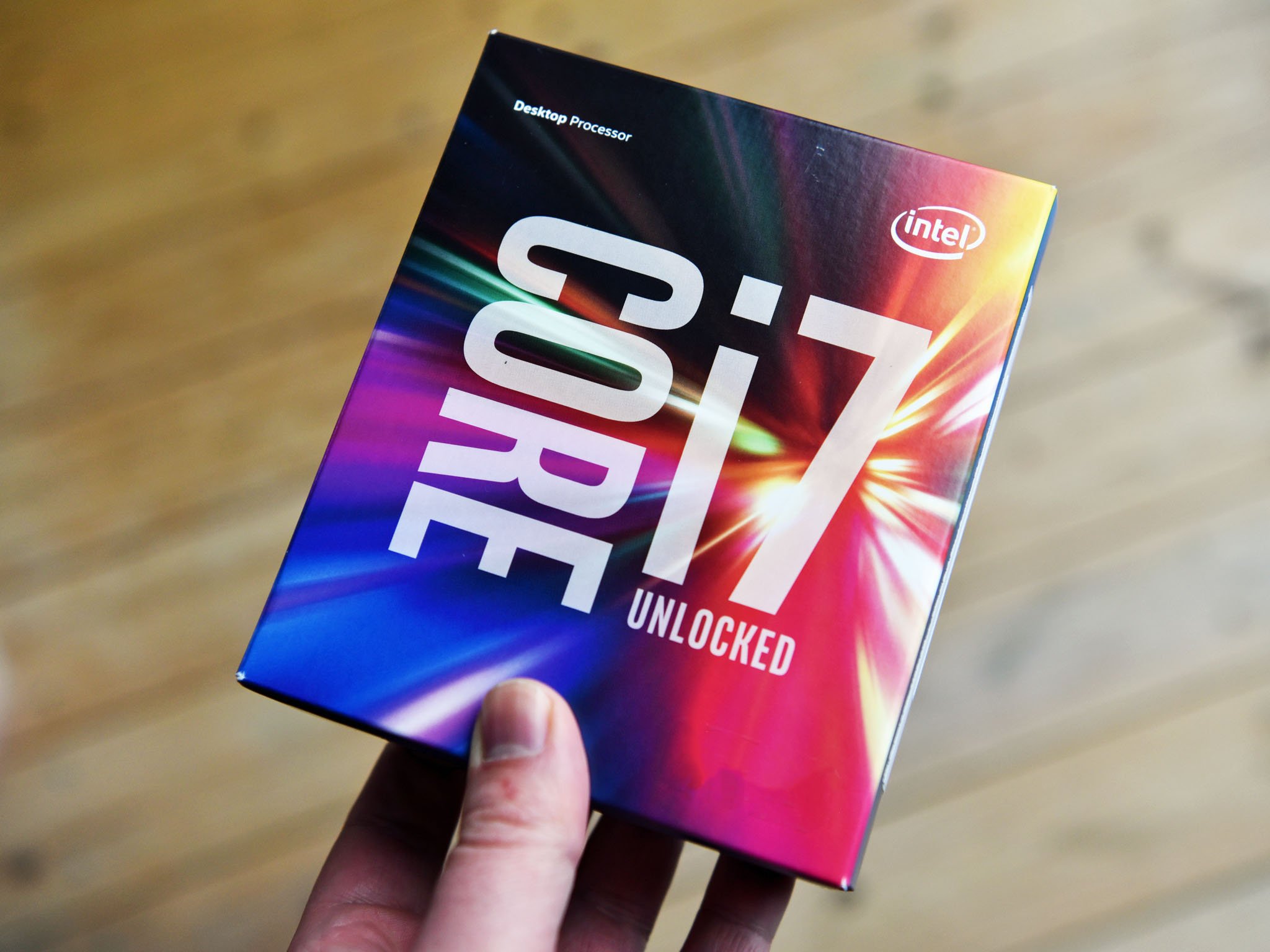
Qualcomm's new Snapdragon, Intel's new Lakes
Faster, more integrated, and significantly smaller.
There's a lot of fuss over nanometers in the processor game, and for good reason: smaller transistors mean processors can use less energy and be physically smaller. That's the game Qualcomm is playing with the new Snapdragon 835 mobile processors, which is both 30% smaller and 40% more efficient than the older Snapdragon 820, even while offering a 27% performance boost. Not only that, but the 835 includes a gigabit-capable LTE modem, Bluetooth 5, support for HDR video, a secure enclave for biometric data, and more.
On the other side of the processor spectrum, Intel rolled out their new 7th-generation Intel Core i processors for desktops, following a launch a few months ago of the laptop versions of the Kaby Lake generation of chips. Ranging from a Core i5 at 2.7Ghz to the top-end Core i7-7700K at a whopping 4.2GHz, these new chips aren't significantly faster than the older Skylake chips, but they are less power hungry and thus less hot.
- Qualcomm announces Snapdragon 835 mobile processors
- Snapdragon 835 vs. Snapdragon 821: How much of an upgrade is it?
- Intel brings Kaby Lake processors to the desktop

March of the Chromebooks
With Android apps coming to Chrome OS, Google's browser-based operating system is starting to come into its own. The first Chrome OS announcements from CES 2017 come from Acer and ASUS. Acer rolled out a new Chromebook 11 N7, which takes their standard Chromebook 11 and bulks up its ruggedness to better withstand the rigors of the classroom environment. ASUS, on the other hand, updated their touchscreen-driven Chromebook Flip C302, going all-in on USB-C and dropping the big old USB-A ports.

Derek Kessler is a Former Special Projects Manager for Mobile Nations. He's been writing about tech since 2009, has far more phones than is considered humane, still carries a torch for Palm, and got a Tesla because it was the biggest gadget he could find. You can follow him on Twitter at @derekakessler.
